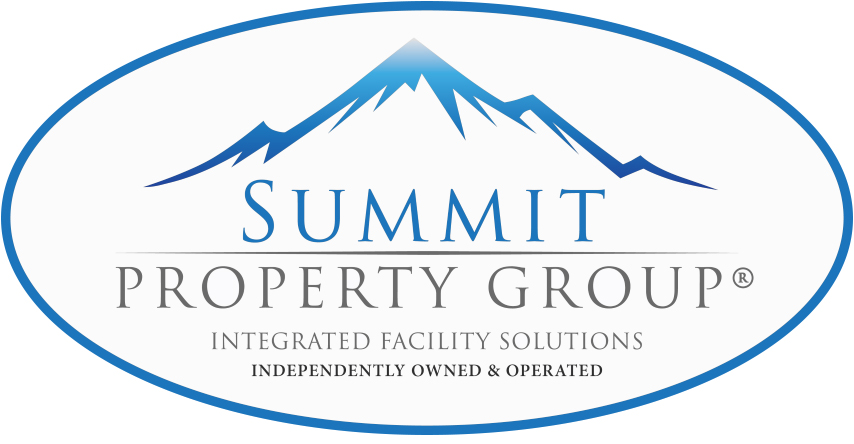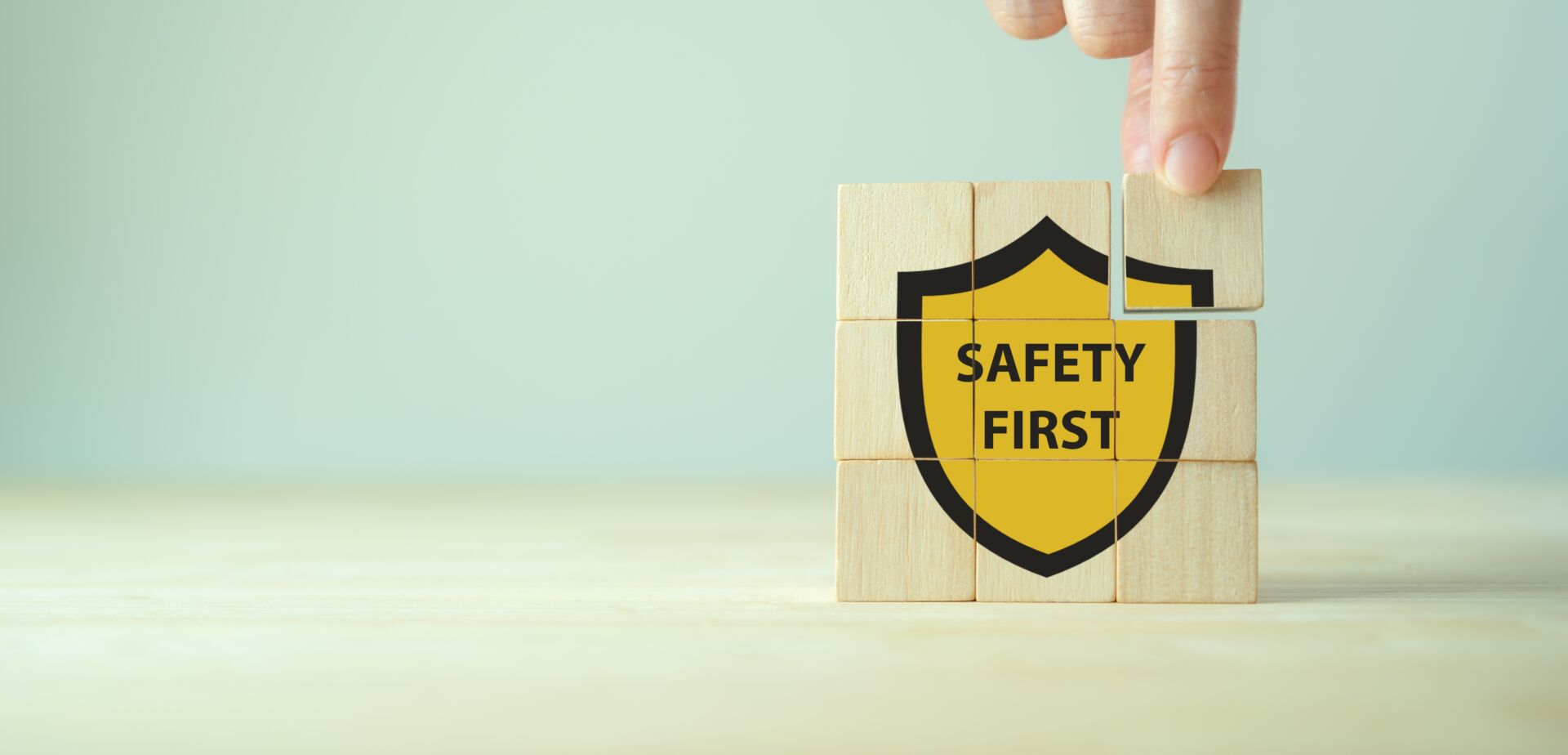In any workplace, the role of a safety leader is paramount in ensuring the well-being of the team. It goes beyond just implementing safety protocols; it involves cultivating a genuine concern for your team and consistently showcasing the importance of health and safety through your actions.
As an effective safety leader, it’s not just about achieving objectives or meeting deadlines; it’s about ensuring the well-being of every member of your team. It’s not just about rules and procedures; it’s about cultivating a culture of care, responsibility, and continuous improvement. It entails demonstrating a genuine care for your team and employees’ safety by continually emphasizing the significance of safety and prioritizing the health and safety of others by means of your actions.
When health and safety become a fundamental value established in every decision made inside a business, leaders strive for continuous improvement. Senior leaders encourage staff to identify and address possible dangers throughout the business, regarding it as their personal responsibility to guarantee that their organizations prioritize employee safety. To be dedicated to the required organizational adjustments, a leader must have a personal connection to safety. While leaders naturally desire great performance and profitability, safety choices must include how they affect the well-being of their team.
In this blog post, we’ll outline 8 essential practices for safety leaders to effectively safeguard the well-being of their teams in 2024 and beyond.

Embracing Eight Essential Practices for Cultivating a Health and Safety-Centric Culture
-
Vision
Having a vision for safety excellence is crucial for leaders to steer their organizations towards a safer and more secure environment. This vision goes beyond merely complying with regulations; it involves fostering a culture where safety is not just a priority but an inherent value deeply ingrained in the company’s ethos.
-
Collaboration
Effective leaders appreciate the benefits of collaboration and know that employee cooperation is critical to accomplishing company goals. They intentionally cultivate an environment in which everyone feels appreciated and empowered to share their thoughts and experiences. By soliciting feedback from employees on issues that concern them, such as safety rules or processes, these leaders demonstrate their dedication to inclusion and openness.
-
Credibility
Trust is paramount. Leaders must cultivate a high level of trust by admitting mistakes, advocating for the safety interests of everyone within the company. Advocating for everyone’s safety interests inside the organization is another critical component of building trust. This includes not just physical safety, but also psychological and emotional well-being. Employees must trust that their leaders have their best interests at heart and are dedicated to fostering a safe and friendly work environment.
-
Communication
Safety leaders need to infuse safety into every conversation. Every communication, no matter how significant or minimal, should be addressed in the perspective of safety, highlighting its importance repeatedly. It is about creating a safety-conscious culture in which safety is incorporated into the very foundation of all interactions. By continually incorporating safety into every discussion and contact, safety leaders can build a workplace where safety is more than simply a priority; it is a core value shared by everyone.
-
Action Orientation
Proactive health and safety measures should be the norm, not just reactions to incidents. Leaders should demonstrate a sense of urgency in the absence of problems, showcasing a serious commitment to achieving safety results. It involves a mindset of consistently identifying potential risks and hazards in the workplace, implementing preventive measures, and continuously improving safety protocols to ensure the well-being of individuals in a given environment.
-
Feedback and Recognition
Leaders require honest and precise feedback on their behavior in order to preserve consistency between their proclaimed enthusiasm for people and the message delivered by their conduct. Recognition of good contributions to safety is critical for encouraging desirable behaviours. Leaders who effectively use feedback and appreciation foster an environment in which employees feel appreciated, motivated, and empowered to prioritize safety. This, in turn, encourages a culture of constant growth and shared responsibility for safety results.
-
Accountability
Taking full responsibility for your actions is key. A leader who is on top of their game provides a transparent evaluation of employees’ safety contributions and outcomes. They make sure everyone understands their role in the safety endeavor and cultivates a shared belief that health and safety is a collective responsibility across the entire organization.
-
Training and Competence
Training and understanding are the first line of defense against accidents. It is critical to ensure that everyone in a company or organization, whether workers, contractors, or visitors, has easy access to critical information. Training programs should go beyond the fundamentals, addressing both general safety concepts and the specific hazards connected with each individual’s work. Such training provides a shared knowledge and approach to risk management across the business. Aim to improve competency by stressing not just knowing what to do, but also empowering people to use safety knowledge successfully in real-world circumstances.
When these elements come together, they not only enhance safety practices but also inspire individuals to actively prioritize safety in their daily tasks. These components harmonize to craft more than just a top-notch safety culture, they contribute to an atmosphere where individuals are motivated to prioritize safety in their work. It is a culture that endures over time.

At Summit Property Group we value health and safety as we are COR-certified. We recognize the importance of safety daily by reviewing incidents, accidents, and near misses, regular safety meetings, yearly internal maintenance audits, mitigating risks, and having a no accident approach to our work. Here at Summit, we have crews that lead the way in health and safety, ensuring that all employees make it home safely after every shift.
At Summit Property Group, we pride ourselves on delivering unparalleled maintenance services that stand out as the very best in the industry.
CLICK HERE to book our services now!

